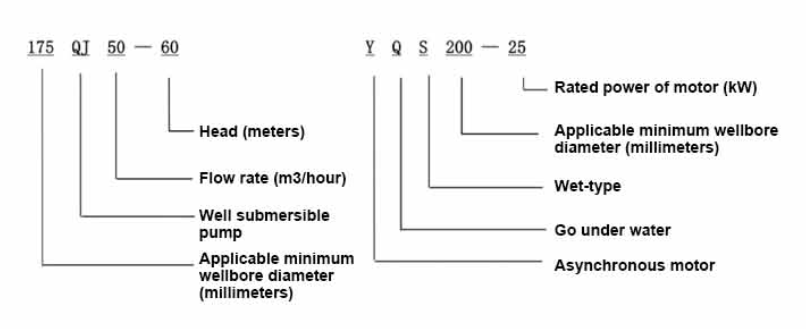9 月 . 23, 2024 19:24 Back to list
Automatic Submersible Water Pump with Float Switch for Efficient On-Off Control
Understanding Submersible Water Pumps with Float Switches and Auto On/Off Functions
Submersible water pumps are essential tools for a wide array of applications, from draining flooded basements to keeping ponds and aquariums clean. These pumps are designed to be submerged in water, which not only makes them efficient but also reduces the risk of overheating. One of the remarkable features that enhance their functionality is the inclusion of a float switch with an auto on/off mechanism. This feature elevates their utility, making them ideal for residential, commercial, and industrial purposes.
How Submersible Pumps Work
Submersible water pumps operate by pushing water to the surface through a motor that is sealed and housed in a waterproof casing. When submerged, the pump utilizes a series of impellers that create a centrifugal force, lifting water efficiently. The construction of these pumps allows them to be submerged deep within water sources, and their design greatly minimizes the risk of damage from external elements.
The Role of Float Switches
Float switches are critical components of many submersible pumps. These devices operate based on the water level and are designed to automatically turn the pump on or off as needed. When water levels rise to a predetermined point, the float switch is activated, signaling the pump to turn on. Conversely, when the water level falls below a certain threshold, the float switch disengages, shutting the pump off. This automatic functionality is crucial for preventing overflow and ensuring that the pump does not run dry, which can lead to motor damage.
Advantages of Auto On/Off Functionality
submersible water pump with float switch and auto on off

The auto on/off feature associated with float switches offers several advantages
1. Convenience With a float switch in place, homeowners and business owners do not need to manually operate the pump. This convenience is particularly valuable in settings where water levels fluctuate frequently, such as flooded areas or in sump pits.
2. Safety The automatic function reduces the risk of malfunction. If a pump runs dry due to low water levels, it can overheat and sustain damage. The float switch prevents this by ensuring the pump only operates when there is sufficient water.
3. Energy Efficiency Automatically turning off the pump when not needed helps conserve energy. This can lead to significant cost savings on energy bills, making it an eco-friendly option as well.
4. Longevity of Equipment Consistent use of the auto on/off feature prevents excessive wear and tear on the pump, extending its lifespan and reducing maintenance costs.
Conclusion
Submersible water pumps equipped with float switches and auto on/off capabilities are invaluable investments for managing water levels effectively. Whether used in residential settings to manage sump pits, in industrial applications for drainage, or in agricultural practices for irrigation, these pumps offer reliability, efficiency, and peace of mind. The combination of effective water management and energy conservation underscores the importance of integrating float switches into submersible pump systems. As technology evolves, we can expect these tools to become even more efficient and user-friendly, benefiting a wide range of applications.
-
Your Guide to Deep Well Pumps
NewsOct.31,2024
-
Why Choose a Stainless Steel Deep Well Pump?
NewsOct.31,2024
-
Understanding Water-Filled Submersible Pumps
NewsOct.31,2024
-
Understanding SS Submersible Pumps
NewsOct.31,2024
-
Reliable Submersible Well Pumps for Your Water Supply Needs
NewsOct.31,2024
-
Choosing the Right Submersible Pump for Your Water Management Needs
NewsOct.31,2024
-
 Understanding Water-Filled Submersible PumpsWhen it comes to selecting the right pump for your water management needs, understanding the different types available is crucial.Detail
Understanding Water-Filled Submersible PumpsWhen it comes to selecting the right pump for your water management needs, understanding the different types available is crucial.Detail -
 Guide to Installing a Deep Well Submersible PumpWhen dealing with deep wells, a deep well submersible pump is often the most effective solution for extracting water from significant depths.Detail
Guide to Installing a Deep Well Submersible PumpWhen dealing with deep wells, a deep well submersible pump is often the most effective solution for extracting water from significant depths.Detail -
 Finding the Right Submersible PumpWhen seeking an efficient solution for pumping water from deep wells, sumps, or other applications, the submersible pump is a leading choice.Detail
Finding the Right Submersible PumpWhen seeking an efficient solution for pumping water from deep wells, sumps, or other applications, the submersible pump is a leading choice.Detail
